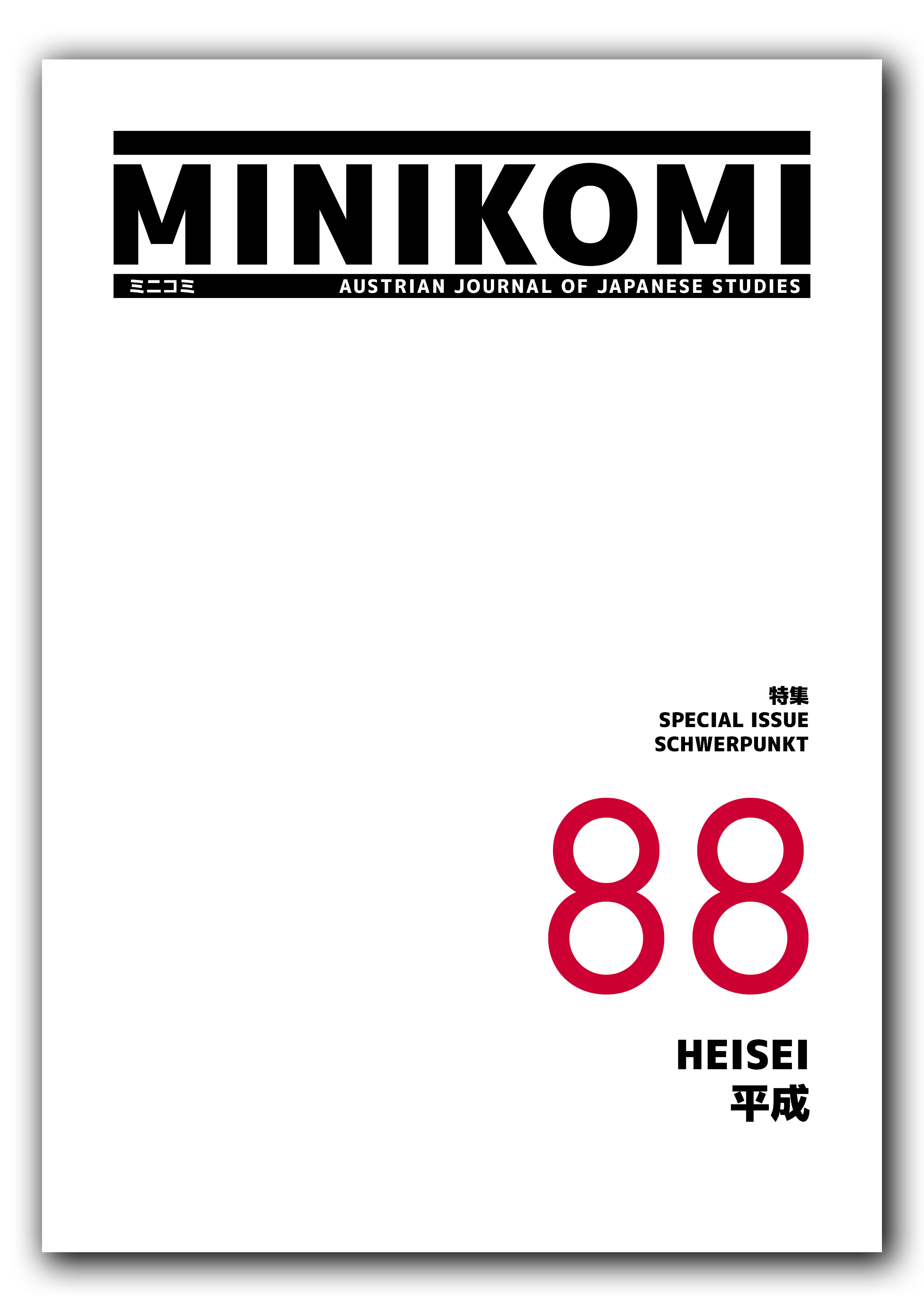International Exchange in Heisei-era theatre
Spotlight on Ninagawa Yukio and Noda Hideki
DOI:
https://doi.org/10.25365/aaj-2020-88-08Schlagworte:
Japanese theatre, International exchange, Ninagawa Yukio, Noda Hideki, Cool JapanAbstract
The two figures who stood at the vanguard of the Japanese theatre world and maintained an international status during the 31 years of the Heisei era (1989-2018) are Ninagawa Yukio and Noda Hideki. Ninagawa Yukio was the most internationally successful of all the theatre directors who emerged during the post-war years. Ninagawa‘s productions were acclaimed not on account of their “Japonistic” and Orientalist tendencies, but precisely because of their lack of any clear national identity. The blend of heterogeneous cultures transcending differences between East and West introduced a universal dimension into the Shakespearean narrative. This was a deliberate strategy on Ninagawa’s part aimed at creating a global production. Noda Hideki showed much interest in performing overseas from early on in his career. He determined to surmount cultural barriers by not incorporating the Japanese language into the drama at any stage from the writing of the script to the stage presentation, with everything being conducted through the medium of English language. The European understanding of contemporary Japanese culture is becoming dominated by the concept of “Cool Japan”. This has brought the essence of Japanese culture as it was conceived prior to the introduction into Europe of animation and Japanese cuisine such as sushi back to the surface. By basing his work on the Nō theatre, with its origins in medieval times, Noda was striving to convey how the traditional Japanese aesthetic as typified by the concepts of yūgen, wabi and sabi has been handed down to present-day Japan.
Downloads
Veröffentlicht
Zitationsvorschlag
Lizenz
Copyright (c) 2020 Hiroshi Hasebe (Autor/in)

Dieses Werk steht unter der Lizenz Creative Commons Namensnennung 4.0 International.










